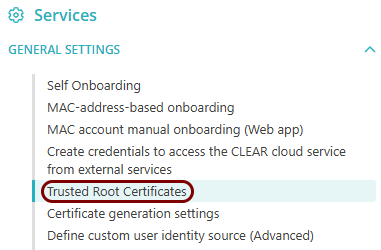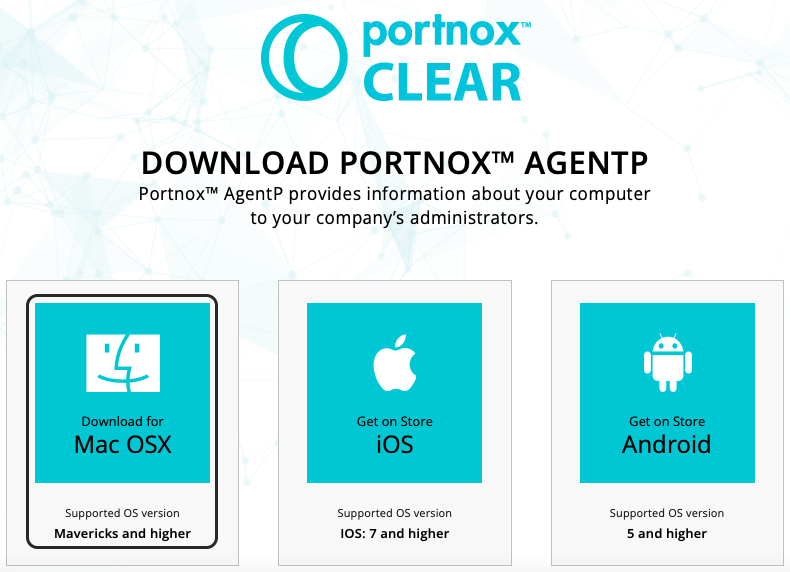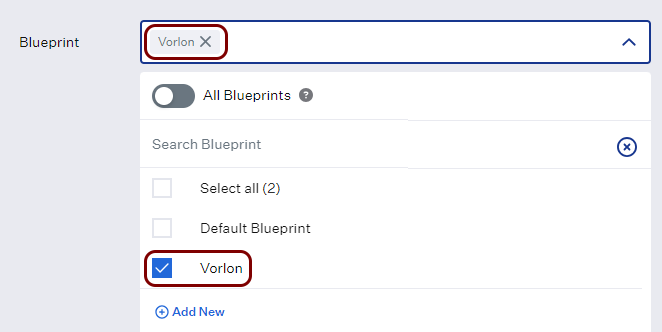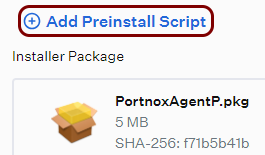Onboard macOS devices with AgentP using Kandji
In this topic, you will learn how to deploy Portnox™ AgentP on managed macOS devices by using Kandji.
There are two options to deploy AgentP on managed macOS devices using Kandji:
- Onboard devices using SCEP certificates and use AgentP for risk assessment only (recommended)
- Deploy AgentP and have the users onboard manually
If you choose the first option, begin by completing the steps in the following topic: Onboard macOS devices with certificates using Kandji and SCEP. Then, continue with steps in the current topic.
Note:
Do not install AgentP on managed devices before you complete the certificate-based onboarding. If you already installed
AgentP, make sure to uninstall it and delete all related configuration and profiles.
Get issuer information from Portnox Cloud
In this task, you will copy the issuer name from the Portnox™ Cloud portal, so you can use it later when creating a configuration script for AgentP.
Add the AgentP installation package to Kandji
In this task, you will download the Portnox™ AgentP installation package for macOS and upload it to a Kandji custom app profile to be later distributed to managed macOS devices.














